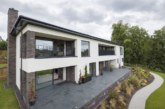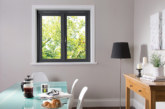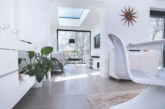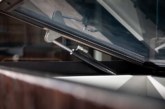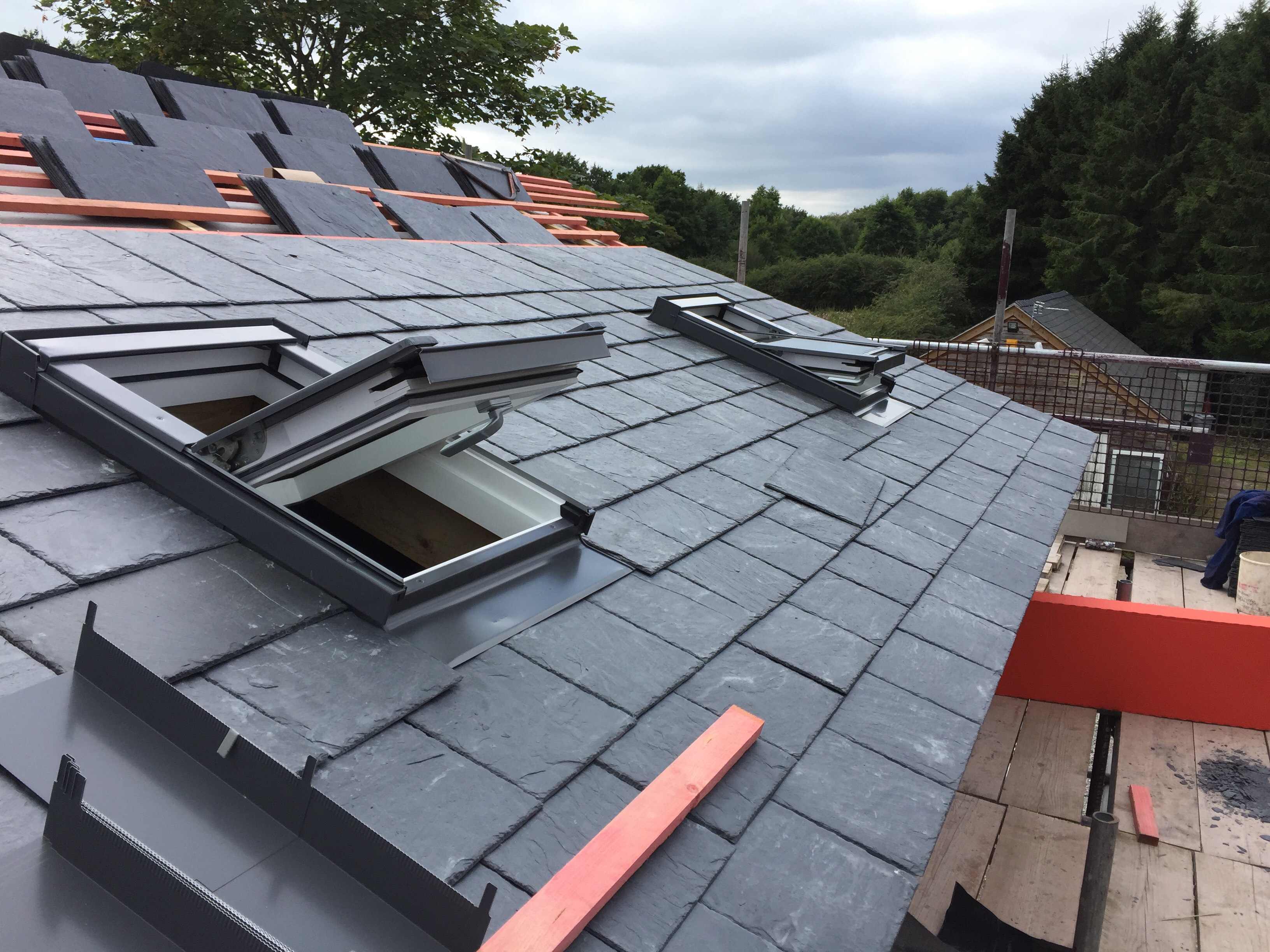
Lee Griffiths, Technical Support Manager GBI at Dakea, discusses the technical factors that need to be considered when selecting a roof window to not only ensure ease of installation, but also to prevent costly remedial work.
Windows are a crucial component to achieving an airtight, watertight property that meets building regulations and thermal efficiency standards. For prospective house buyers, they are often also a barometer of quality. Windows can also have a considerable effect on occupant wellbeing in terms of their acoustic performance.
Indeed, there is growing evidence that noise pollution can negatively affect quality of life. A 2017 study from Nottingham Trent University found that constant changes in noise levels resulted in significant health and wellbeing effects on participants.
Thermal performance is also paramount to consider. The World Health Organisation recommends an indoor temperature of above 18°C. However, if there are any gaps between the window and the rafters, or the glass does not have adequate thermal properties, this can be difficult and costly for homeowners to maintain.
This is why it is crucial that housebuilders and developers specify and install the correct roof window the first time, to avoid returning for costly remedial work.
Warm and quiet
When it came to specifying the roof windows for his latest development, David Ellerby therefore took some time to consider the options, calling upon his local Jewson branch in Stockport for advice.
He was recommended the Ultima window from Dakea. It offers features and quality that are comparable to triple glazing – at a fraction of the weight and a cost competitive price. With a U-value of 1.2W/m2K, the Ultima helps to improve the properties’ energy efficiency and ensure a comfortable indoor temperature.
The Ultima window also has a sound reduction index of 38dB. This is the result of several components carefully designed to work together to lessen noise. On the outside, there is an advanced, anti-noise flashing system with noise-absorbing material, as well as a 6mm thick hardened outer pane. Inside there is a 2 by 3mm thick double pane with two layers of noise reducing film.
Sustainable credentials
Durability has also been given careful consideration – research has shown that aluminium clad timber frame windows have a typical lifespan of up to 80 years. In addition, the coating and quality of the timber must be considered. A roof window constructed from carefully selected Forest Stewardship Council (FSC) certified Arctic Nordic Pine has a naturally high density and excellent durability.
It is also crucial that the timber undergoes an advanced treatment process which includes de-moisturising the wood to protect against primary decay, fungal stain and insects. A specialist double layer coating should then be applied to the wood, including the joints and end-grain sections, which repels water to prevent decay, inhibits the growth of fungus and provides increased UV protection.
Given the harsher weather the UK has experienced, it is important that the glass is able to withstand high wind speeds and heavy impact from hail or any debris loosened by the wind. The Dakea Ultima has a toughened external pane that is 6mm thick – 1.5 times thicker than average. This means it is resistant to even heavy impacts from the outside and has been tested for wind speeds of up to 104mph.
The window also contains an advanced “welded” seal system to ensure durability and water tightness. The 2 by 3 mm thick internal panes are laminated so that in the event of an impact that is strong enough to break the glass, the shards will stay in place rather than fall into the room.
Installation advice
Another key factor behind David Ellerby’s decision was the ease of installation the windows afforded. The installation of a roof window requires removing the battens to the extent of the window frames area and cutting away the membrane. Without repairing this membrane, there will be an un-insulated gap between the rafter and the back of the window frame. This gap would allow water and air to pass through, which will cause colder rooms and heating inefficiency as well as the risk of interior damage caused by leaks. Filling the un-insulated gap also ensures compliance with Part L1B of the Building Regulations.
The membrane must be cut to size so it fits snuggly around the window. This process requires a high level of accuracy from installers to ensure a water and airtight seal. The complete process may take considerable time to cut and install roofing membrane and foam, especially for larger homes containing four or more roof windows.
Dakea’s Ultima window overcomes this with the inclusion of a specially made RUC Underfelt Foil Collar with its windows. The single piece of stretchable fabric removes any need for cutting and joining membrane material. A simple 15-minute process, the installer simply needs to slide the collar underneath the battens and fix securely to create a water and airtight barrier.
Insulating the gap between the rafters and the roof window is also crucial to avoid water and air ingress. Dakea’s solution is to provide an Insulating Foam Collar (IFC) as standard. This is a rebated foam profile manufactured to fit the window frame. It offers superior insulation and reduces installation time to approximately three minutes per window.
The quality of the indoor environment can have a huge impact on occupants. By specifying and installing products from reputable manufacturers who keep both the installer and end user in mind, housebuilders will have peace of mind for both ease and reliability of installation.




